| Structure | Name/CAS No. | Articles |
|---|---|---|
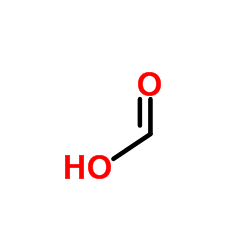 |
Formic Acid
CAS:64-18-6 |
|
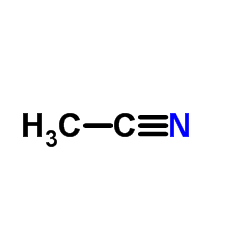 |
Acetonitrile
CAS:75-05-8 |
|
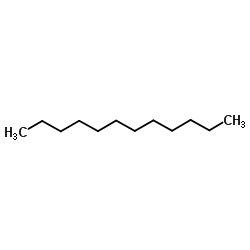 |
Dodecane
CAS:112-40-3 |
|
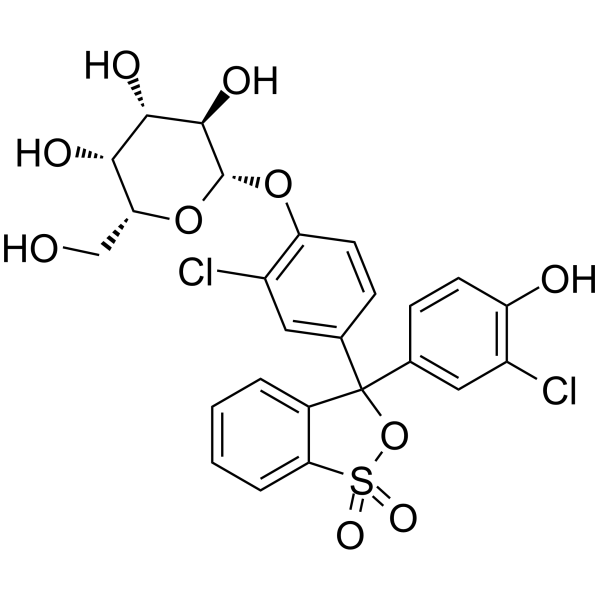 |
chlorophenol red-beta-d-galactopyranosid
CAS:99792-79-7 |
|
 |
2-Formylfuran-5-boronic acid
CAS:27329-70-0 |
|
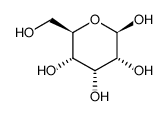 |
Beta-D-allose
CAS:7283-09-2 |